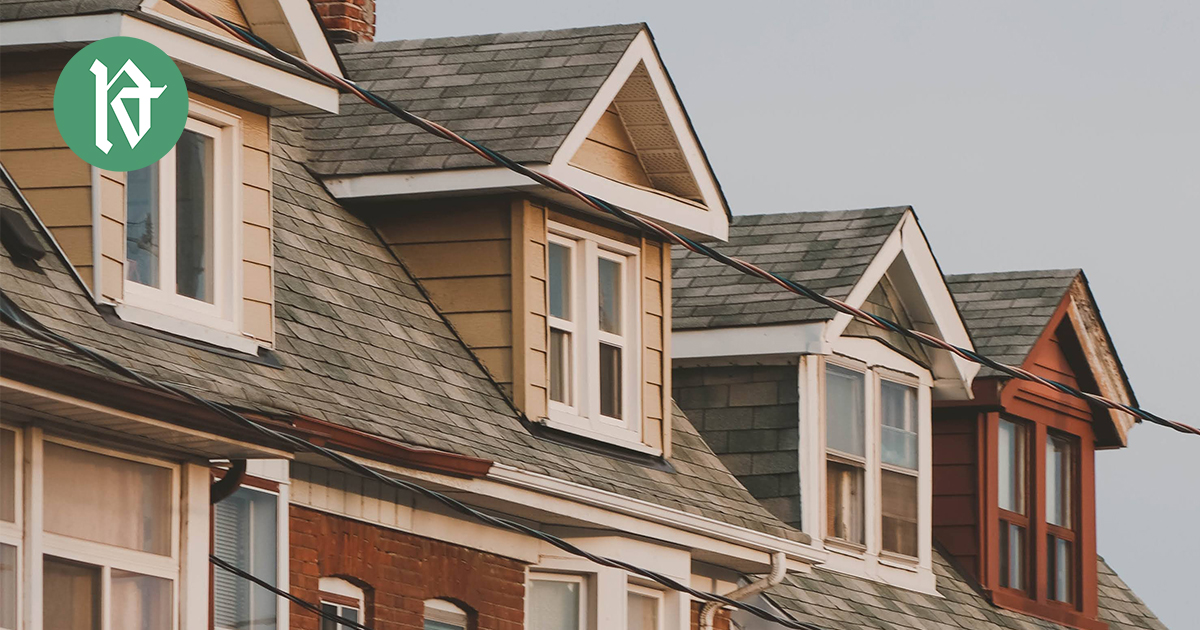By Grant Matossian
Over the past 15 years, Canada’s housing prices have skyrocketed, and the Canadian government has offered little to no support to tackle this persistent issue. In the Greater Toronto Area (GTA), the average home price for Feb. 2023 is $1,095,617, representing an 18 percent year-over-year decline. For first-time homebuyers looking for a condo, the cost would still be as high as $705,000. Even for the most economical option, a condo, the buyer must provide at least a five percent down payment of $35,000 with the Canada Mortgage and Housing Corporation (CMHC) attached to the purchase price.
Ideally, new buyers with today’s interest rates would prefer to put down as much as possible to qualify for a standard mortgage without incurring an additional CMHC fee. However, until recently, the most a couple could put towards a down payment and receive additional funding from the government was $35,000 each (increased in 2019 from $25,000), based on their taxable income, receiving anywhere from 20-54 percent back as a refund on these deposits. The benefit of an RRSP deposit is that a borrower could borrow up to $35,000 from their RRSP towards purchasing their home and not be taxed on this amount if they pay it back over 15 years of amortization within two years of purchase.
Until recently, this was the only way someone could benefit by saving up for their home, but things have changed as of April 1, 2023. All financial institutions have launched a new investment account called the First Home Savings Account (FHSA). First-time homebuyers will be eligible to contribute up to $40,000 into this account over five years, with a maximum of $8,000 allowed each year and the balance carried forward if not used in that year. Unlike RRSPs, contributions made within the first 60 days of a calendar year cannot be attributed to the previous tax year. Additionally, the FHSA contributions will reduce the buyer’s taxable income for the year. Based on their marginal tax rate, they can receive the same refund as an RRSP deduction.
The advantage of the FHSA over RRSPs is that the buyer doesn’t have to pay back the FHSA balance once withdrawn. The same withdrawal rules apply to FHSA as RRSPs:
- The buyer must be a resident of Canada from the time of withdrawal and a first-time homebuyer (which doesn’t necessarily mean it’s their first home purchased in Canada). A person can requalify as a first-time homebuyer in their lifetime more than once. The withdrawal must also be made within 30 days of moving into the qualifying home.
- The buyer must have a written agreement to buy or build the qualifying home before October 1 of the year following the year of withdrawal. They must intend to occupy this home as their principal residence within one year of buying.
- The qualifying home must be a housing unit located in Canada.
Another advantage is that if, for some reason, the buyer decides not to use these funds towards their home, they can transfer the funds into their RRSP without any penalties.
The FHSA account is similar to a hybrid RRSP/TFSA account, where the contributions for the year get the buyer a tax refund back, and any gains are tax-exempt. If you’re a first-time homebuyer, it’s advisable to utilize the FHSA account first, then contribute and maximize your RRSP account if you have any additional funds to invest toward a home.

